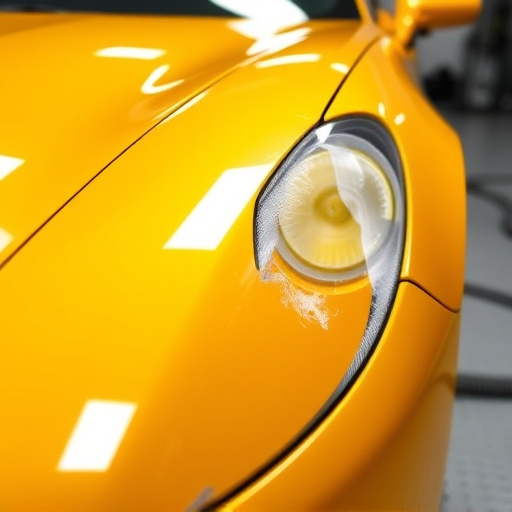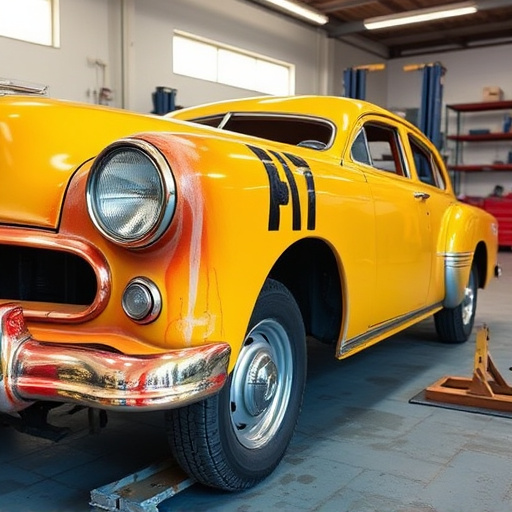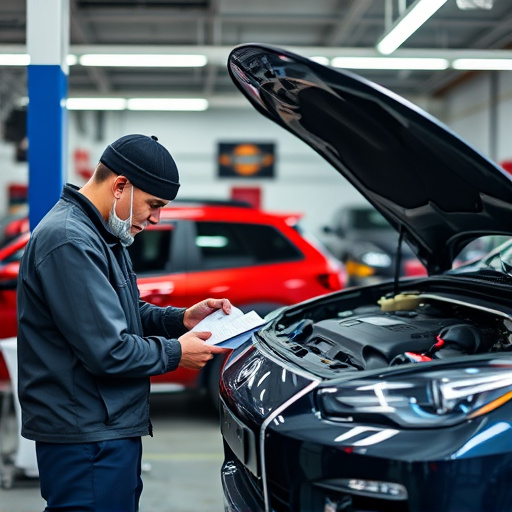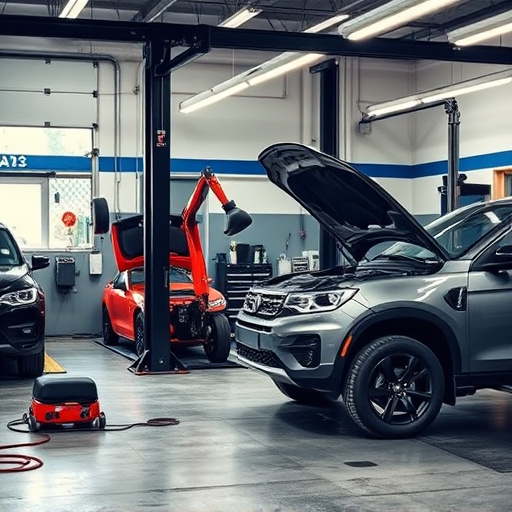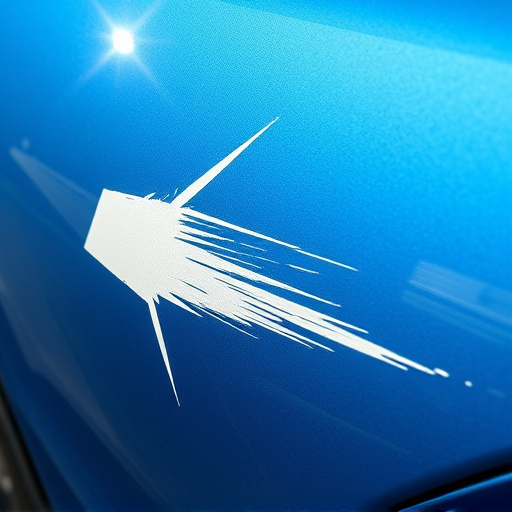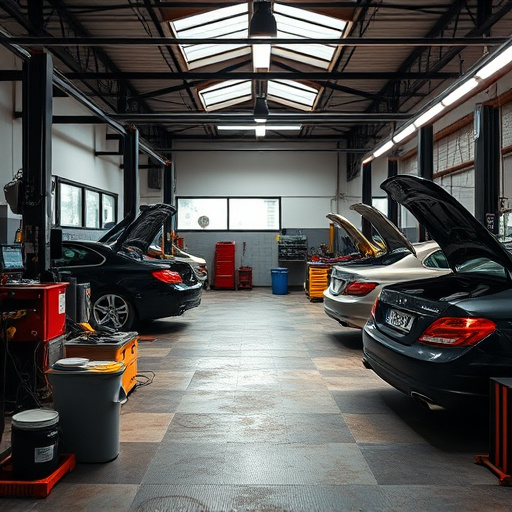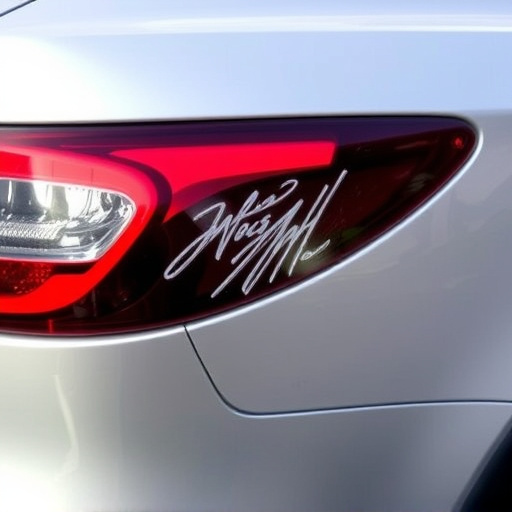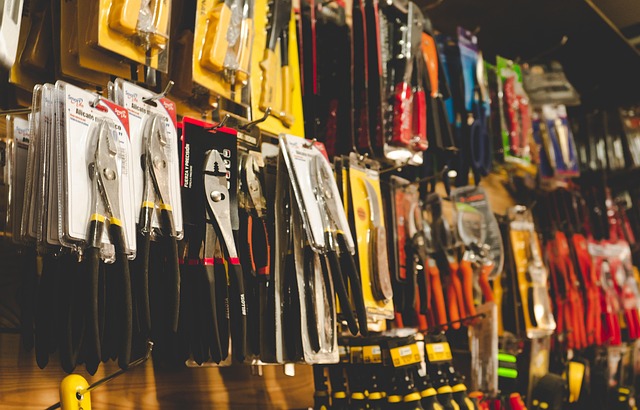Hybrid vehicle collision repair requires specialized knowledge and tools due to complex systems like electric motors, battery packs, and hybrid powertrains. Reputable centers equip skilled technicians with advanced diagnostic equipment for safe, effective repairs integrating modern automotive technology. This meticulous approach ensures structural integrity, optimal performance, and environmental efficiency in restoring hybrid vehicles post-collision.
In today’s automotive landscape, hybrid vehicle collision repair has emerged as a specialized field. As these vehicles become more prevalent on the road, mastering their unique repair needs is crucial for success. This article offers 10 essential tips for achieving excellence in hybrid vehicle collision repair. From understanding their complex systems to acquiring specific tools and training, we explore strategies to ensure safe and effective restorations. By following these guidelines, technicians can confidently tackle the challenges posed by hybrid vehicles, ensuring both safety and quality in the repair process.
- Understanding Hybrid Vehicle Unique Repair Needs
- Essential Tools and Training for Technicians
- Restoring Safety: Reconstructing Hybrid Powertrain Systems
Understanding Hybrid Vehicle Unique Repair Needs
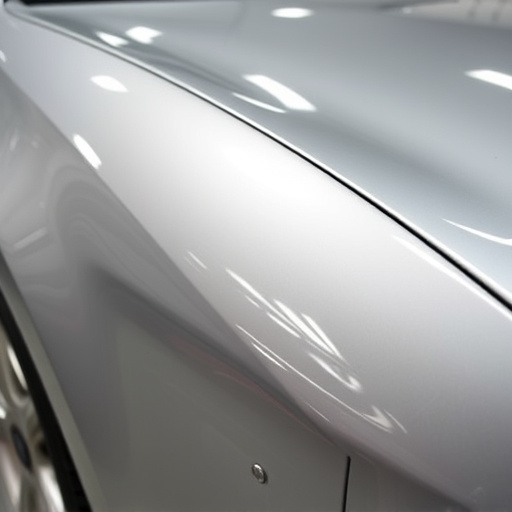
Hybrid vehicles present unique challenges when it comes to collision repair due to their advanced technology and intricate design. Unlike conventional cars, these vehicles often incorporate electric motors, battery packs, and hybrid systems that require specialized knowledge and equipment to handle safely and effectively. Understanding these specific needs is crucial for achieving successful repairs and ensuring the longevity of these complex machines.
When a hybrid vehicle collides, auto repair services must carefully assess and address both mechanical and electrical components. Vehicle paint repair might be more intricate due to the need to match the unique colors and finishes used in these modern cars. Reputable auto collision centers are equipped with advanced diagnostic tools and highly trained technicians who can navigate these complexities. They understand that hybrid vehicle collision repair goes beyond mere body work, requiring a comprehensive approach that considers both traditional and cutting-edge automotive technology.
Essential Tools and Training for Technicians
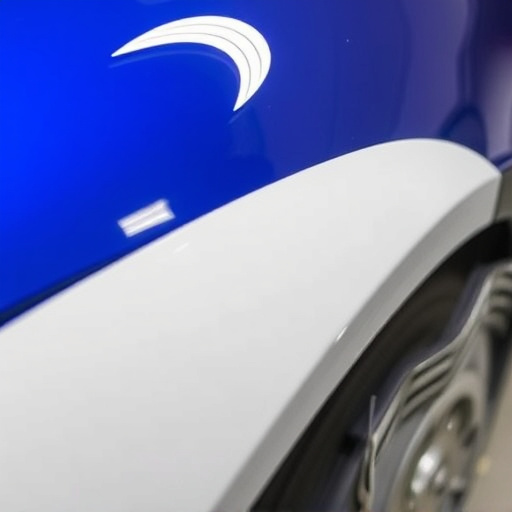
In the realm of hybrid vehicle collision repair, technicians require a unique skill set and specialized tools to ensure success. Given the complex nature of hybrid vehicles, which blend conventional engines with electric motors and sophisticated battery systems, proper training is paramount. Technicians must be adept at diagnosing issues across multiple systems and understanding how they interact in the event of a collision. This involves extensive knowledge of car bodywork services for traditional components while also tackling the specialized repairs needed for advanced hybrid systems.
The right tools are indispensable. An automotive body shop engaged in hybrid vehicle collision repair should invest in diagnostic equipment that can interface with modern vehicle networks, as well as specialized tools for disassembling and reassembling hybrid components without damage. Additionally, training on auto glass repair techniques tailored to hybrid models is crucial, considering the prevalence of composite materials and advanced glazing systems in these vehicles.
Restoring Safety: Reconstructing Hybrid Powertrain Systems
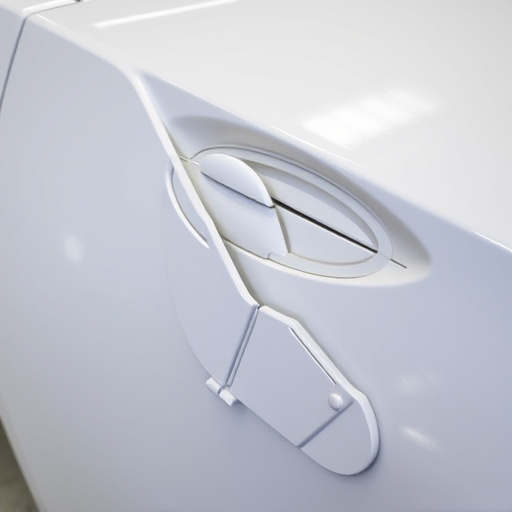
Restoring a hybrid vehicle after a collision requires a meticulous approach to ensure safety and optimal performance. Hybrid powertrain systems, with their complex integration of electric motors and internal combustion engines, demand specialized knowledge for reconstruction. Unlike conventional vehicles, these systems must be accurately aligned and calibrated to maintain efficiency and reliability.
Skilled technicians employ advanced diagnostic tools to assess damage and determine the extent of repair needed. This may include frame straightening to realign components, meticulous fender repair, and even paintless dent repair techniques to preserve the vehicle’s aesthetics without compromising structural integrity. Every part is carefully evaluated, ensuring that the hybrid powertrain functions seamlessly after the collision, prioritizing both safety and environmental efficiency in the repair process.
In the realm of hybrid vehicle collision repair, understanding the unique challenges these vehicles present is key. By equipping technicians with specialized tools and comprehensive training, shops can ensure safe and effective repairs. Restoring these intricate systems to their original state not only guarantees optimal performance but also maintains the safety standards that make hybrid vehicles a popular choice on today’s roads. With these 10 tips as a guide, professionals can excel in hybrid vehicle collision repair, contributing to a safer and more sustainable automotive landscape.
